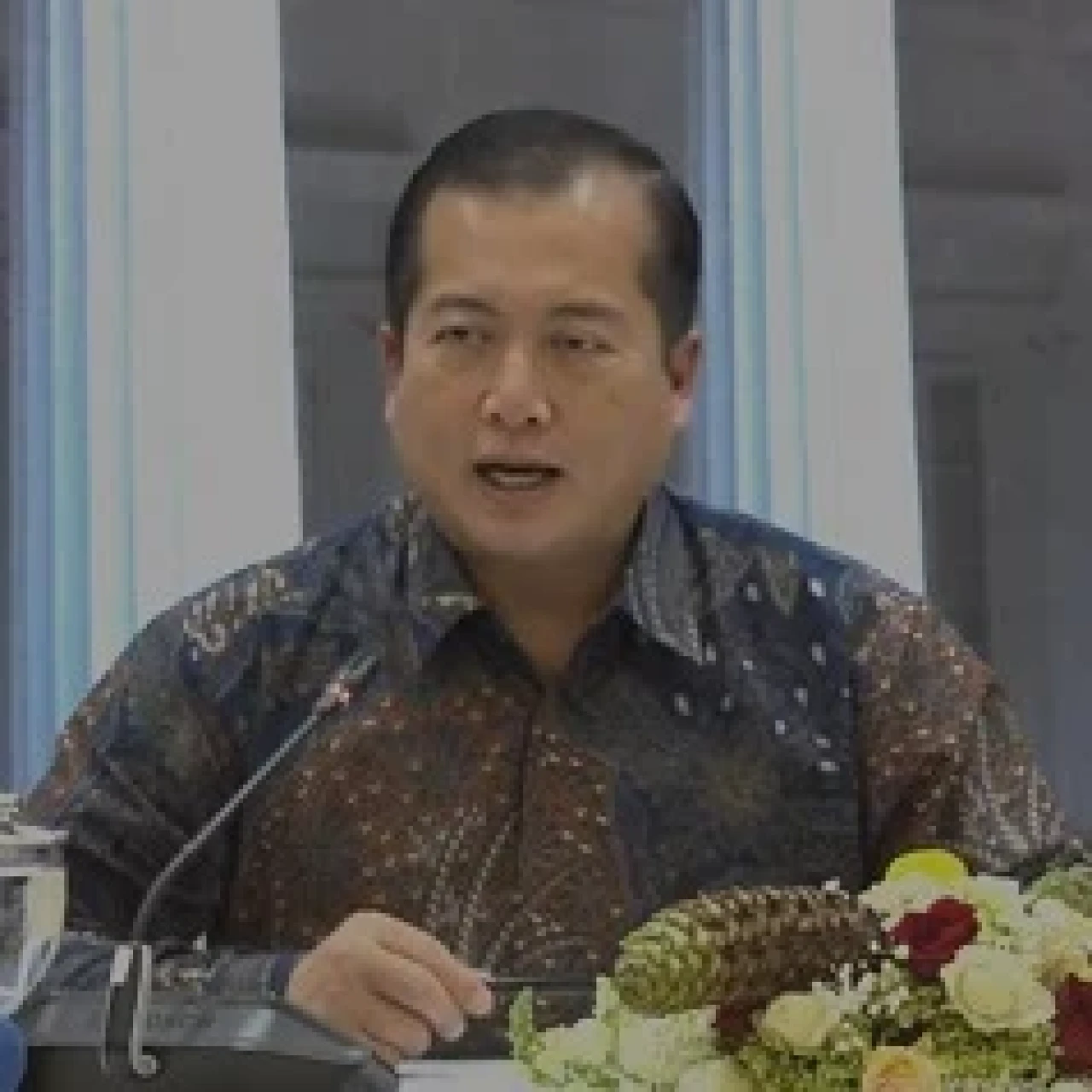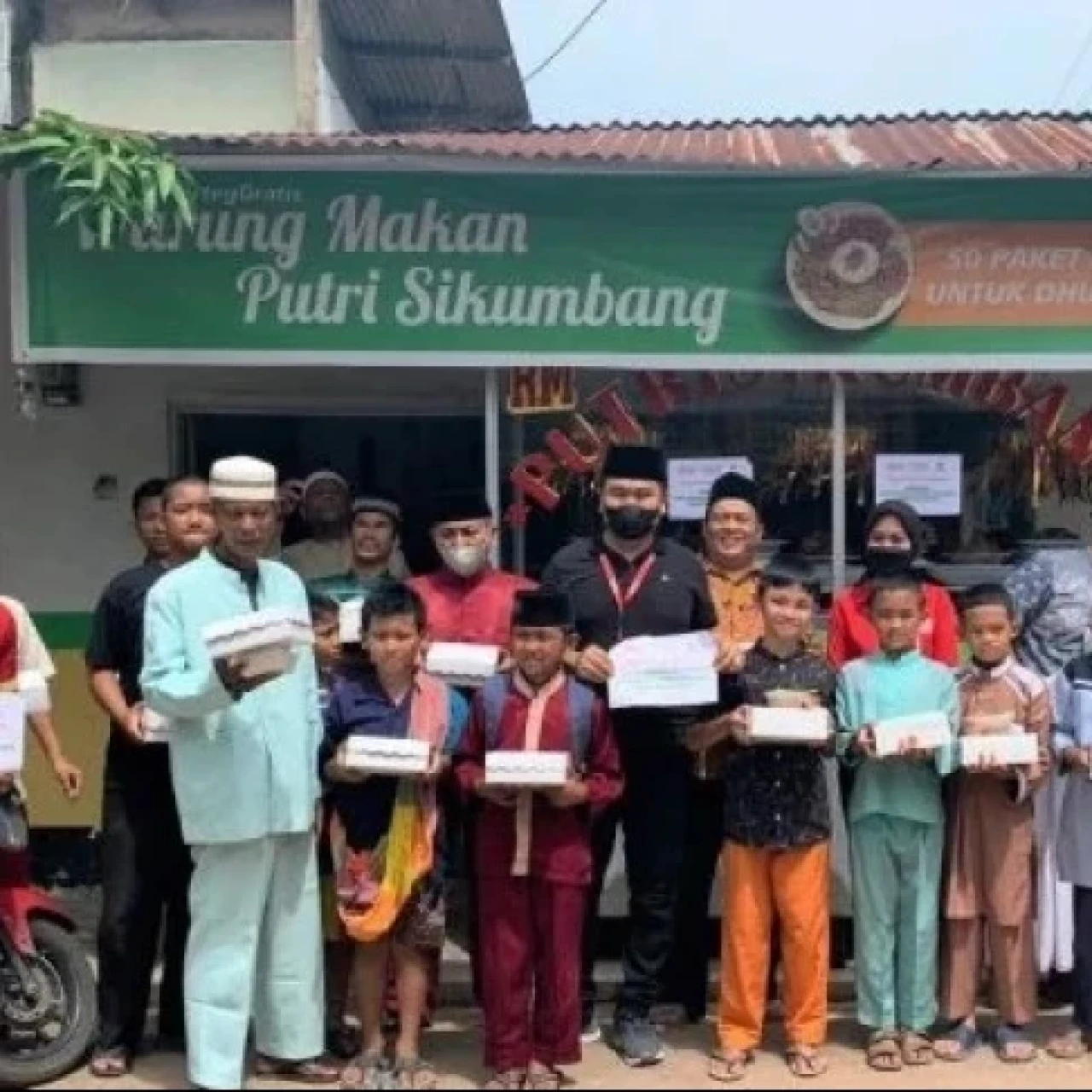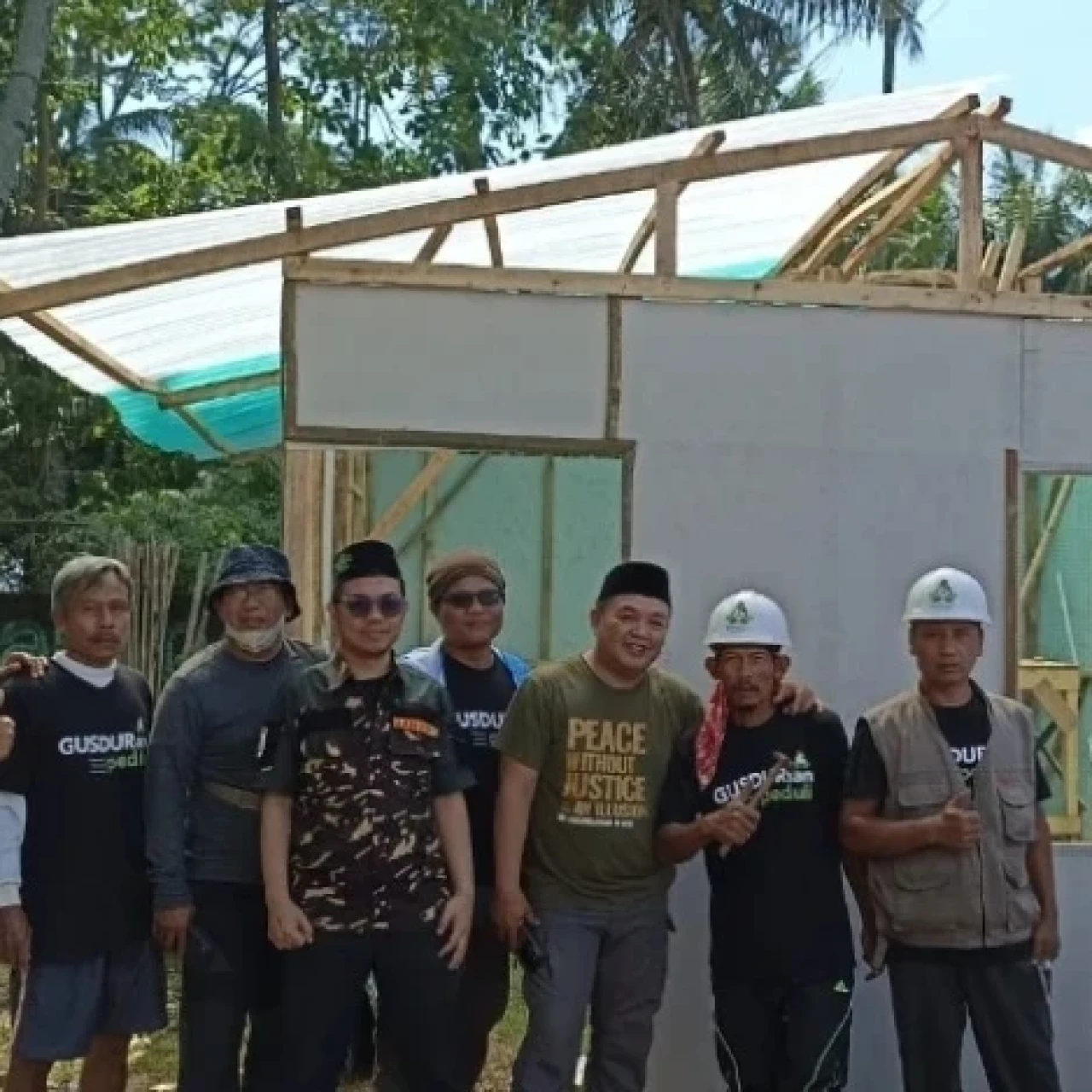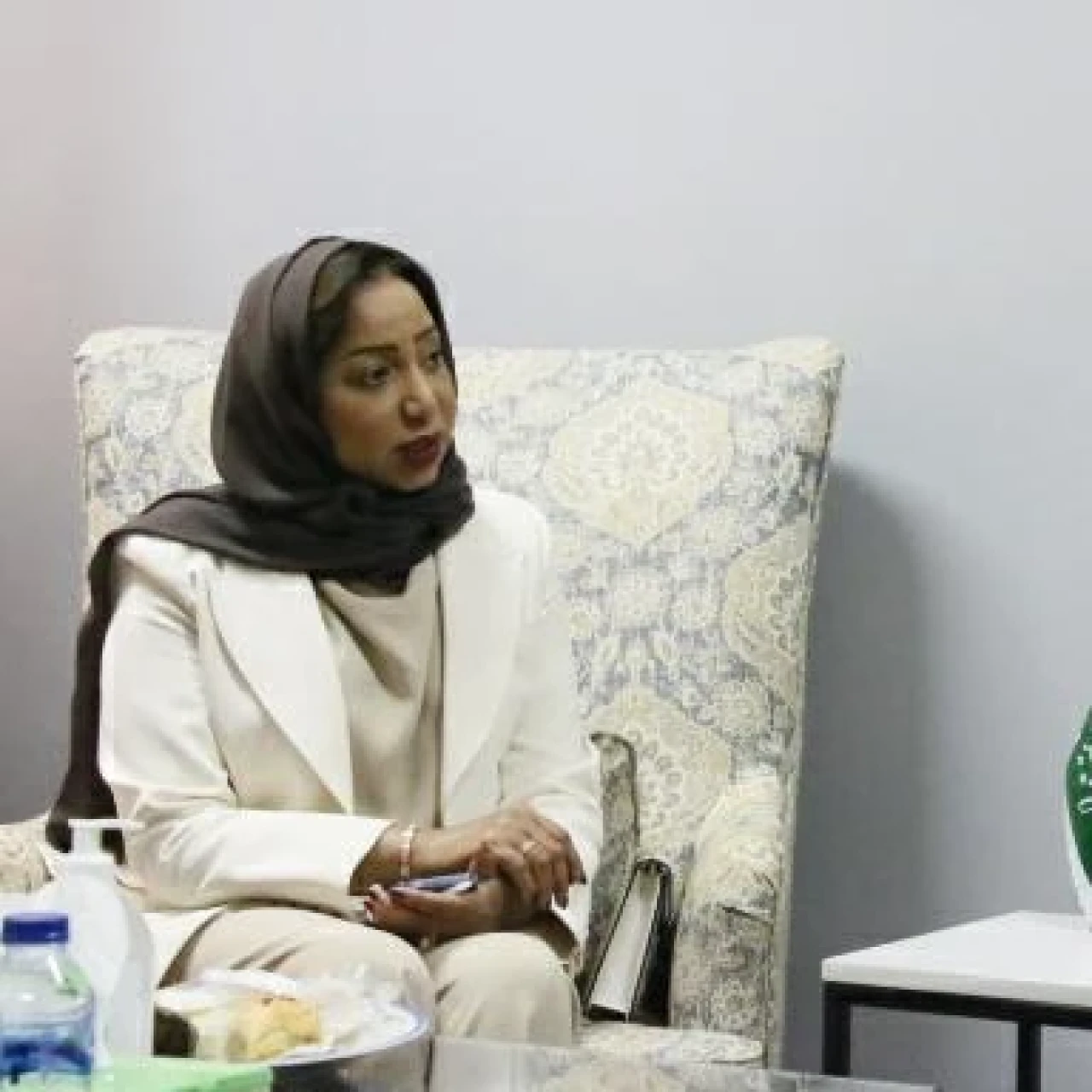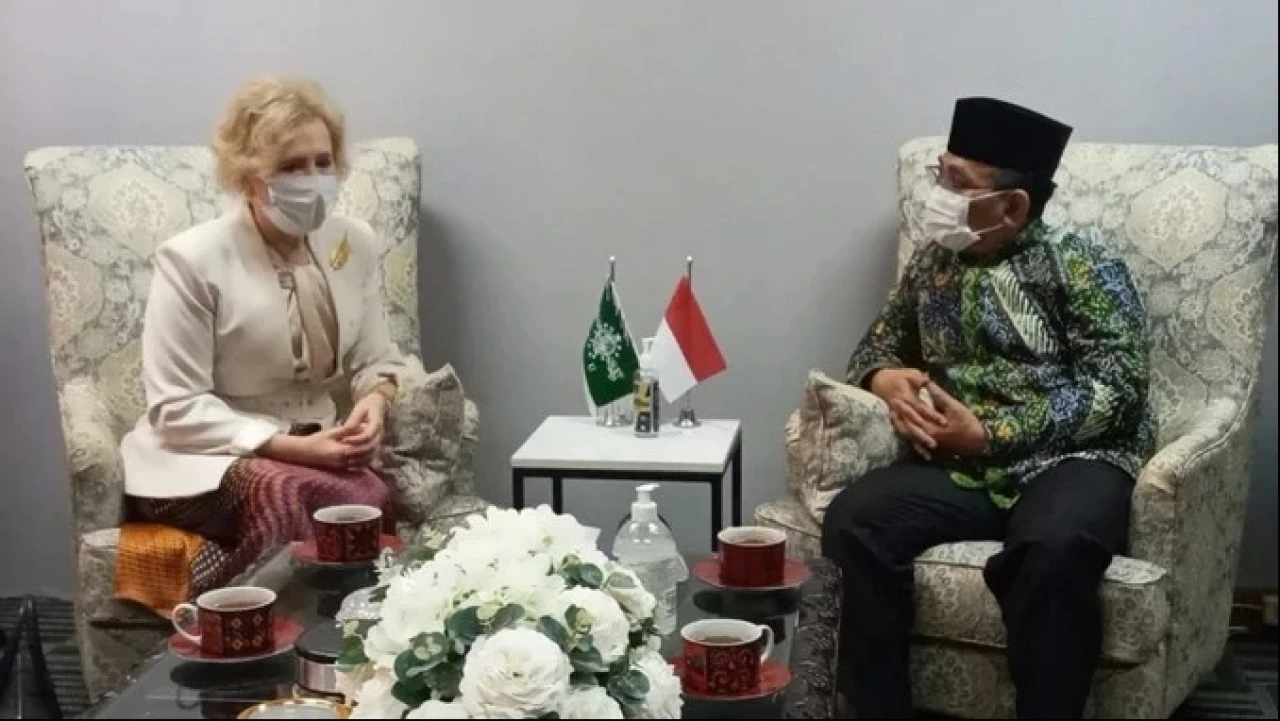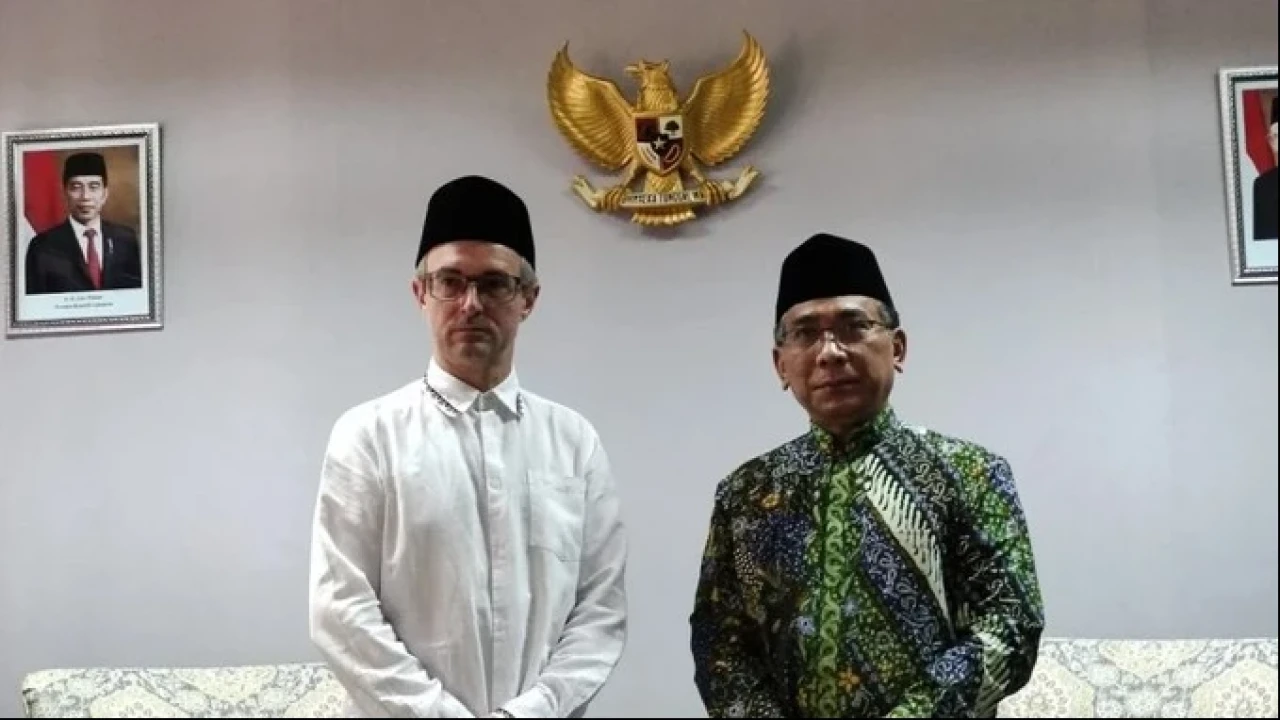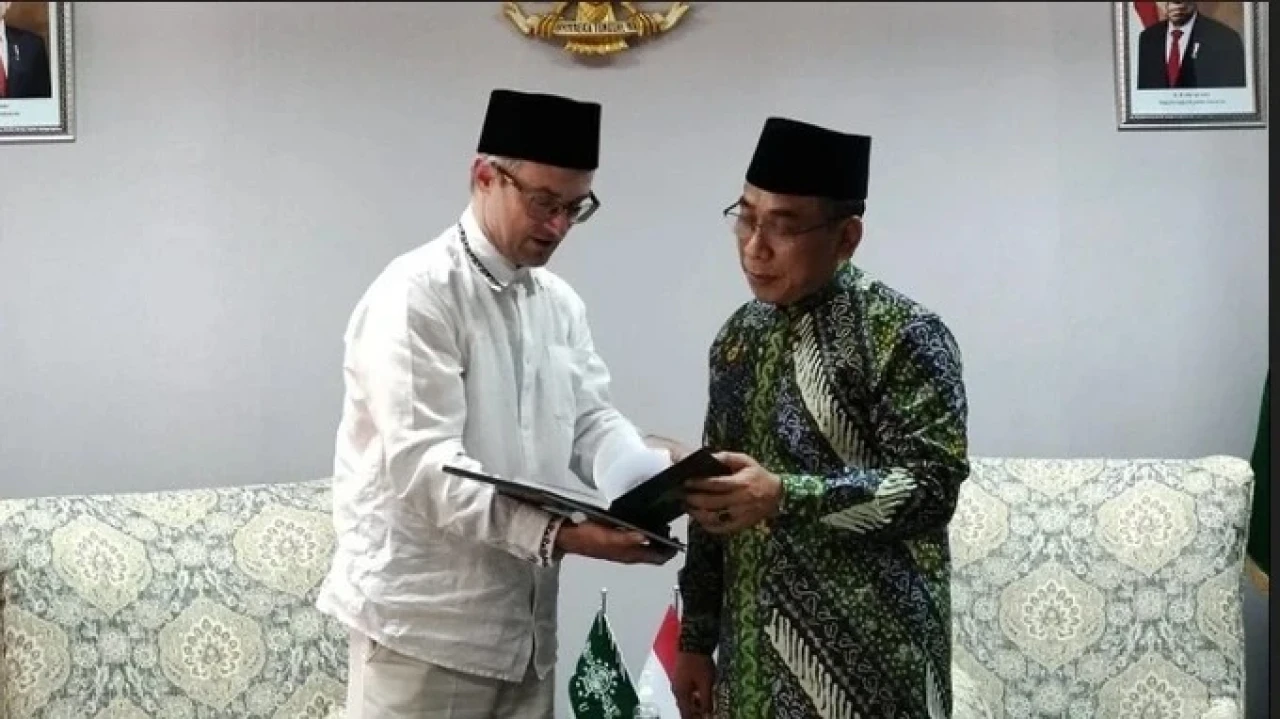A culture of innovation abounds in Indonesia's SMK classrooms
NU Online · Selasa, 10 Januari 2012 | 05:47 WIB
Jakarta, NU Online
While two vocational schools in Solo are basking in the public spotlight for the sports utility vehicle their students have built, other vocational schools across the country are quietly churning out their own achievements.
Fasli Jalal, the former deputy education minister, said that over the past year, students from such vocational schools, known as SMKs, had shown many of their innovations to President Susilo Bambang Yudhoyono and other government officials.
The success of students from SMK 2 and SMK 5 in creating what is now known as the Kiat Esemka vehicle should therefore not come as a surprise, he said.
In Bandung, for instance, students from SMKN 8state vocational school have created a buggy car called, appropriately enough, the Buggy ABCD.
“ABCD stands for Anak Bandung Cinta Damai [Bandung Kids Love Peace],” said Dedi Indrayana, the school’s principal.
He added that the idea for the car came from his own personal experience as an SMK graduate.
“SMK students need more practice instead of theory in class,” he said. “We’re looking at what students need, not what teachers want.”
He said the students learned how to build the buggy in just three months.
“There are numerous videos about how to make a buggy on YouTube. That’s how we learned,” he said.
The school bought a secondhand engine for about Rp 18 million ($2,000).
Now the school is looking to cash in. It plans to sell automatic buggies for about Rp 70 million and the non-automatic models for Rp 50 million.
SMKN 8 Bandung is just one of the many vocational schools across the country offering a focus in automotives.
Students at SMK 1 state vocational school in Singosari, near Malang, East Java, have also designed and built six sport utility vehicles since 2009.
At some schools, in addition to studying cars, students can also take courses to learn about aircraft assembly.
At SMKN 29 in Kebayoran Baru, Jakarta, for example, students successfully assembled an aircraft with technical assistance from Garuda Indonesia, Lion Air, the Air Force and the Aerosport Federation of Indonesia.
Prior to this recent flood of student car production, SMKs were building personal computers and laptops.
Fasli said Indonesia’s vocational schools aimed to prepare students, currently numbering about five million in total, to become technicians who can support the country’s economic growth.
“After the students complete their nine years of compulsory education and three years in vocational school, they will be the backbone of the country’s economic activities,” he said as quoted by the Jakarta Globe.
Vocational schools, he said, are the bridge between education and industry. SMKN 8 Bandung, for instance, helps students find jobs when they graduate.
“The school cooperates with some private industries, mostly automotive companies such as Nissan and Daihatsu,” said Dedi, the principal.
With the help of vocational schools, he added, companies can better choose their employees by testing student applicants first, even before they graduate.
“So it’s a win-win solution,” he said. “The industry gets fresh graduates and the school gets the satisfaction of knowing that our students are employed.”
But not all students are destined to work in manufacturing.
While about 70 percent of SMKN 8 Bandung graduates have found jobs with factories or in various industries, the rest have gone on to pursue higher education or become entrepreneurs. (dar)
Terpopuler
1
Rais Aam PBNU dan Sejumlah Kiai Terima Penghargaan dari Presiden Prabowo
2
DPR Ketok Palu, BP Haji Kini Sah Jadi Kementerian
3
Penerapan Sumpah dan Bukti di Pengadilan Islam: Studi Qasamah dalam Kasus Pembunuhan
4
DPR-Pemerintah Sepakati RUU Haji dan Umrah Dibawa ke Paripurna untuk Disahkan
5
Wajib Selektif! Ini Tips Islam Memilih Calon Pasangan Hidup yang Tepat dan Berkah
6
Gus Faiz Sampaikan Cara Rayakan Bulan Lahir Nabi Muhammad
Terkini
Lihat Semua



